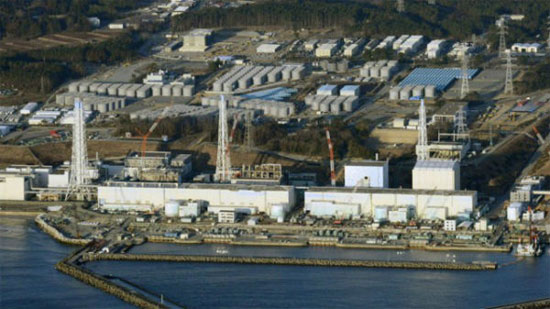Radiation detection is 10 times higher in Japan
Tokyo Electric Power Company (TEPCO) announced on July 7 that it has detected triti radioactive toxins with high concentrations in groundwater at Fukushima nuclear power plant No. 1.

Fukushima nuclear power plant.(Photo: Reuters)
This is the latest discovery in a series of similar incidents at this factory after being heavily influenced by the earthquake double tsunami in March 2011.
TEPCO said the test results showed that tritoxin was detected 10 times higher than the permissible level. TEPCO is currently working to prevent the spread of tritium at construction sites and to increase the overall monitoring of pollution levels.
The data was published after TEPCO in late June announced that the company discovered Stronti-90 toxin , the result of nuclear fission, that there is a risk of bone cancer if it is infected, 30 times higher. times compared with the allowable level.
Fukushima No. 1 nuclear power plant suffered double earthquake - tsunami struck in March 2011, causing a large area of land to be contaminated with radiation and forcing tens of thousands of people to leave their homes. other places live.
- The amount of radiation in the Pacific Ocean is 6 times higher
- Unusually high radiation detection in the Japanese capital
- Detection of risk of leukemia due to low dose radiation
- What to do when radioactive contamination?
- Detection of radiation 650km from the Japanese coast
- Detection of Fukushima radiation on the Canadian coast
- Diving, anti-radiation underwear
- Accumulated contamination of Fukushima workers is still high
- Manufacturing equipment for nuclear detection more effectively
- First detected anti-radiation fungus
- Tokyo has a higher radiation exposure point in Fukushima
- Japan invented paper that helps prevent radiation
 Is the magnetic North Pole shift dangerous to humanity?
Is the magnetic North Pole shift dangerous to humanity? Washington legalizes the recycling of human bodies into fertilizer
Washington legalizes the recycling of human bodies into fertilizer Lightning stone - the mysterious guest
Lightning stone - the mysterious guest Stunned by the mysterious sunset, strange appearance
Stunned by the mysterious sunset, strange appearance